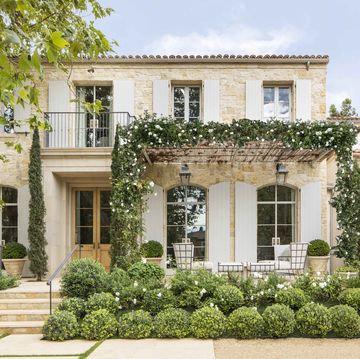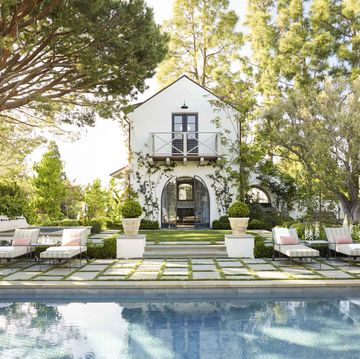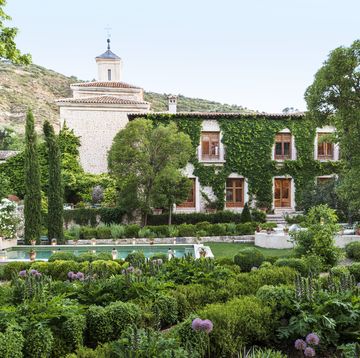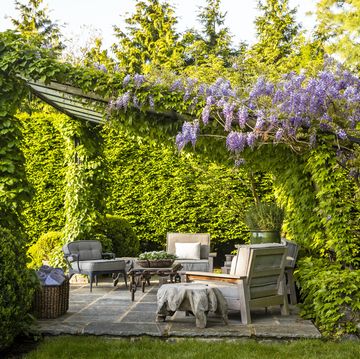Meet the New Floral Artists Reinventing Ikebana
Modern artists eschew ancient rules of the Eastern floral craft, creating soulful stories one stem at a time.

To label it flower arranging would be like calling sculpture a bit of stone chipping. Ikebana—“living flowers,” roughly translated—honors the innate sublimity of plants while mastering their very shapes in precise placement. With origins in sixth-century Japan, this esteemed cultural tradition has spawned myriad, rigorous schools of philosophy and technique.
Enter a new generation of creators that both embraces and challenges that massive legacy. In Santa Monica, California, Japanese-born Naoko Zaima teaches ikebana (as did her great-grandfather) and has just published her first book, Inspired Ikebana: Modern Design Meets the Ancient Art of Japanese Flower Arrangement. Up the coast in San Francisco, self-taught Amanda Luu creates breathtakingly modern creations based in ikebana at Studio Mondine (Luu is also a published author and wrote Ikebana Unbound: A Modern Approach to the Ancient Japanese Art of Flower Arranging). As these up-and-coming stars show us, ikebana is more vital than ever—everywhere.
Here, a quick lesson on the Eastern floral craft, from the origins of ikebana to its modern interpretations.
Watch Next


British Royal Family at 2023 Chelsea Flower Show

10 Plant That Are Safe for Cats

9 Summer Flowers and What They Symbolize

What to Plant in May















